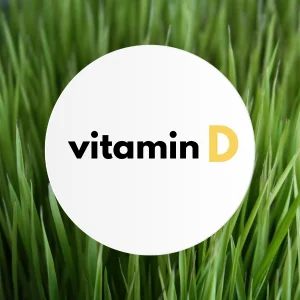Vitamin D

This is not just about a single individual molecule, but about a group of related molecules that make up vitamin D: it is a group of fat-soluble secosteroids (from D1 to D6), and the two most important forms in which it occurs are vitamin D2 (or ergocalciferol) and vitamin D3 (or cholecalciferol).
Vitamin D, which is synthesized in the body as a result of sun exposure, or is obtained through food and vitamin supplements. In the liver and kidneys it is processed into its active form, and is stored in the liver, muscles and fatty tissue. It is biologically inert and is activated in the body after certain chemical reactions. Vitamin D is very important for calcium and phosphorus metabolism, as it stimulates the resorption of these minerals from the intestines and enables their deposition in bones. It is essential for proper bone and tooth growth and for proper muscle and nervous tissue function.
Vitamin D is produced in the skin during sun exposure, while the need for additional amounts of vitamin D is obtained from food.
Vitamin D deficiency causes bone demineralization which manifests as rickets in children and as osteomalacia in adults. For treating rickets, a solution of vitamin D in oil is used, which is given orally or intramuscularly.
Sources of Vitamins
Good sources are: yeast, herring, sardines and other sea fish, fish oil, eggs (yolk), avocado, butter, cream, beef.
Recommended Daily Dose
Daily requirements for this vitamin: 5-10 µg.
Large amounts of vitamin D are not desirable, and the daily dose is always combined with vitamin A.

